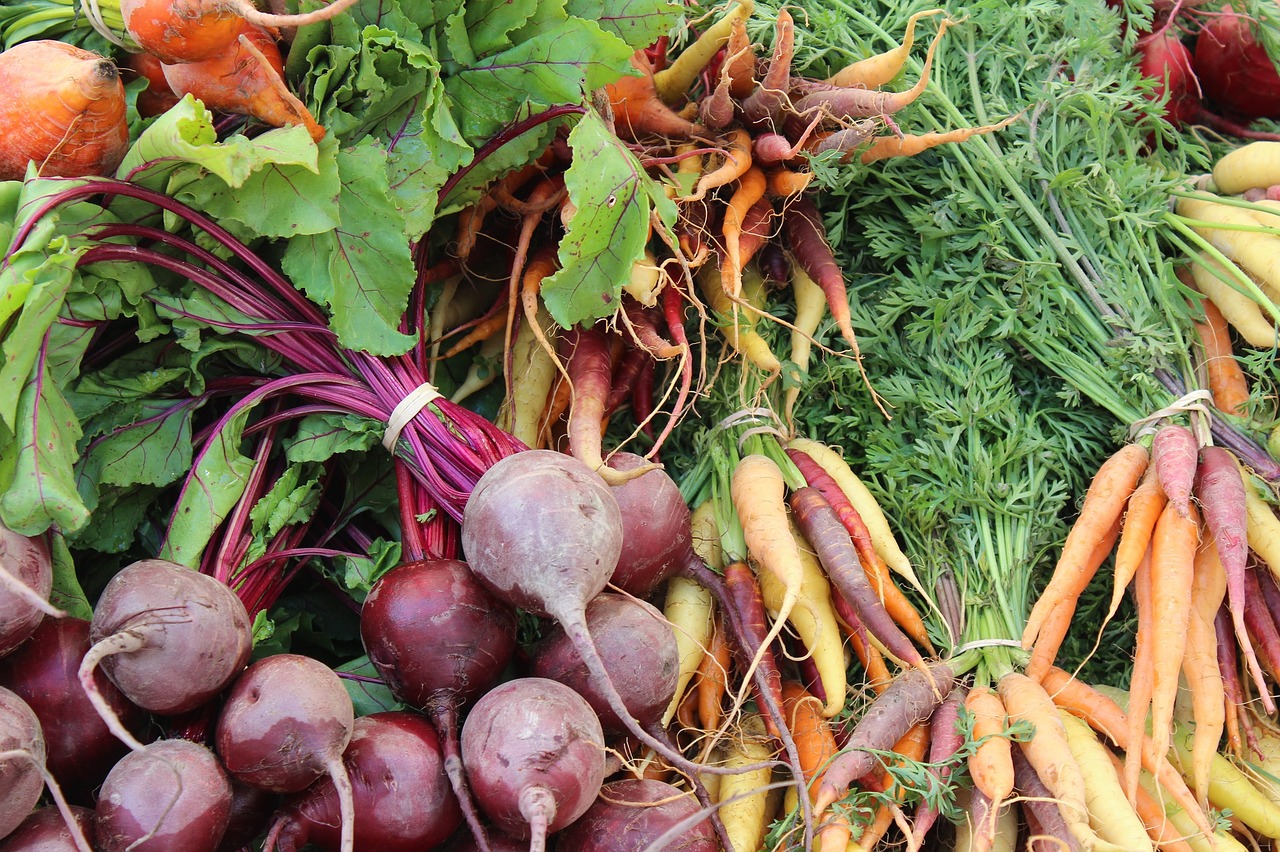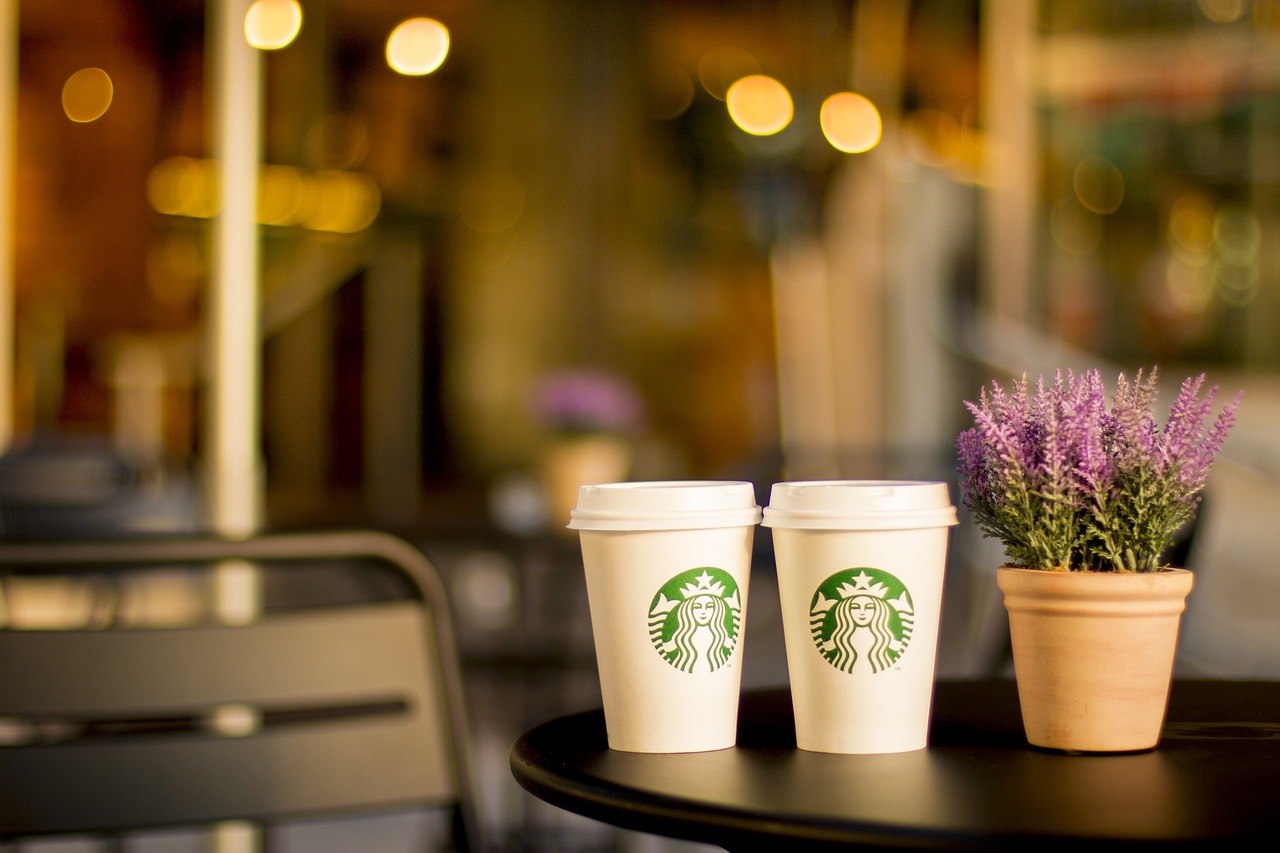
When a tag is a jingle, not a way of life
April 13, 2015
When a tag is a jingle, not a way of life
When a tag is a jingle, not a way of life
Kadi Morrison is a marketing consultant who works with large brands including a variety of major retailers. She understands the importance of defining the core values of a brand and mapping out the customer experience to reinforce those values. She has worked extensively with market research to understand customer needs and has developed and adapted several products and services based on these insights. Kadi has held senior in-house marketing positions that include International Brand Manager at Qantas.
A big retailer lands in a small, seaside village and divides the community – sound like an episode of Seachange? Well it is. But that’s not the point. It’s also a real-life occurrence, and it is happening with little fuss from councils all along the coast.
This month it’s Woolworths versus the fishing village of Bermagui on the NSW far south coast. In 2013 the retailer surprised everyone and purchased a large block up the hill from the main street with sweeping views across Horseshoe Bay, all the way to Mount Gulaga.
A big concern for some of the locals was what would happen to the main street and the local producers who supply to these stores.
Clearly, big business brings with it a host of benefits, but we’ve all heard the horror-stories of the small-town charm falling victim to the menace of corporate homogenization. How it all plays out however, depends on a lot of variables, the most important being the way that the “invading” brand handles itself, its new environment and its new clientele.
Big brands must remain flexible and agile if they are to develop new and meaningful relationships with their community. A brand’s personality will be shaped by the customer experience, not just the advertising jingle a marketing executive pushes out to a public looking for authenticity.
As such, the big brand must take the opportunity to embrace the local culture wherever the opportunity arises or risk discontent and (ultimately) rejection by the locals.
Woolworths had plenty of opportunity to embrace all that was great about this local seaside town in the face of local discontent.
They took small steps and adopted the ideas of well-known architect and local, part time resident Philip Cox to built the store from materials similar to those used at Bermagui’s much loved Wharf (also design by Cox).
Bermagui prides itself on its local produce, quality seafood and well-reviewed restaurants. In a town famous for its produce, overlooking local producers and opting for large commercial suppliers often hundreds of kilometres away (or thousands of kilometres away for the oranges from the USA!) was never going to be popular.
Re-arranging your entire supply chain to suit the whims of every small town may seem logistically impossible to Woolworths, however it’s clear that a one-size-fits-all approach is no longer a sustainable one. Even the smallest effort to tailor their business to the local community (such as including a local produce section) could have done wonders to Woolworth’s launch.
Ensuring your consumer is front and centre in any kind of change can make or break the proverbial new kid on the block, even if that new kid is an industry giant.
There was a great opportunity here for Woolies to do some Story Doing, not just Story Telling.
See here for Twillory’s Story Doing example

